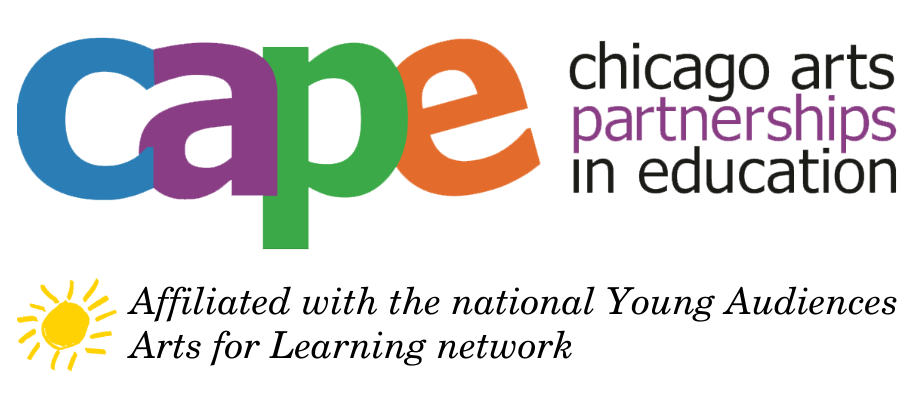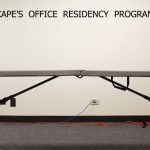Arts Testing? Check check? 123?
“Arts Testing? Check Check? 123?” is Joseph Spilberg’s response to The Hechinger Report’s “Can Testing Save Art Education?”
Inside the bubble of the arts education field there is an ongoing anxiety about “proving” the value of the arts in regards to student outcomes. Why is this? As schools around the country systematically cut budgets for arts programming in the past several decades, the reaction to prove the impact of the arts on student academic outcomes may seem rationale. However, embedded in this reaction is the assumption that policy makers and school administrators do not value the arts. I believe the reality is more complex. The arts are valued, but pragmatism takes hold when budgets shrink and arts are often viewed as dispensable. Since No Child Left Behind, school budgets have been linked to a policy of accountability based on standardized test score achievement- tests that only cover content in math and language arts. Hence, the chain of thought that says: ‘if standardized tests existed for the arts, then schools could be held accountable for student achievement in the arts, and voila, the funding for arts programs will be saved.’
This is simply not how it works. Furthermore, this line of thinking takes away from the value of the arts for students, schools, and communities. To narrow the offerings of arts programs in public schools for the purpose of creating more standardized assessments would be an enormous disservice to the nation. The value of the arts in schools is to train students to express ideas and phenomena that they may not be able to express in a standardized test. Previous research on the arts demonstrates how students who are normally low achievers in standardized tests make gains, and close achievement gaps when they participate in arts programming. (www.pairresults.org) The impetus to standardize arts assessments, and necessarily, standardize arts programming, has the potential to remove the space for free expression for students and localization of curriculum design for teachers, and thereby nullify the positive impacts of quality arts education. This is an alternative form of slashing arts programming, the opposite of the desired outcome sought out by those worried about budget reductions.
It is also important to consider that the trend of slashing arts programming has slowed and in many school districts and, in some cases, arts program funding has actually increased at the district level in recent years:
- http://www.bpsarts.org/bps-arts-expansion-initiative/
- http://www.cpsarts.org/arts-education-plan/
- http://www.lacountyartsforall.org/
- http://schools.nyc.gov/offices/teachlearn/arts/arts-count.html
Did these districts increase arts programming because of a standardized test for the arts? No. The programs are still supported in public schools because there is a value for the arts that stems from teachers, administrators, parents, and policy makers. Some of that value comes from decades of research on the positive impact of the arts on students (www.artsedsearch.org/) and some of that value is rooted in core cultural elements in neighborhoods, cities and the country at large. People want the arts in their schools because they can see, without a test, that students are engaged through the arts, students gain confidence through the arts, and communities are united through the arts.
As a research-based organization, CAPE has more than ten years of studies that reinforce the theory that arts education can positively impact students’ academic outcomes. This theory must continue to be tested. The mechanisms of that theory are fascinating and deserve further investigation. However, to stifle the work of arts instructors in the name of a standardized test that ultimately will not improve access or equity in arts programming is a misstep. Instead, arts educators should have confidence in the value of the arts, and focus their energy on creating high quality learning experiences for their students.





